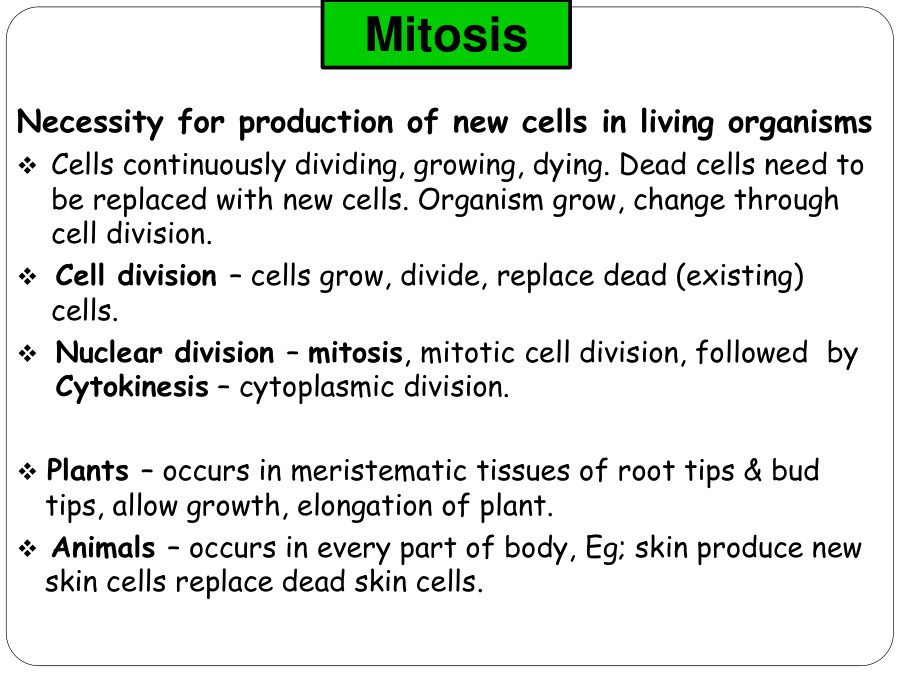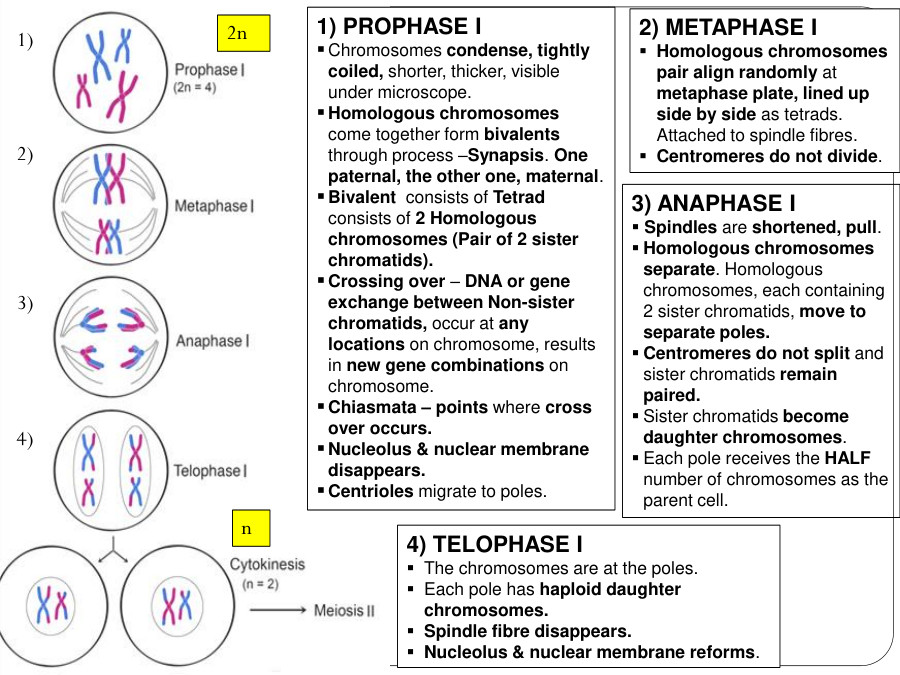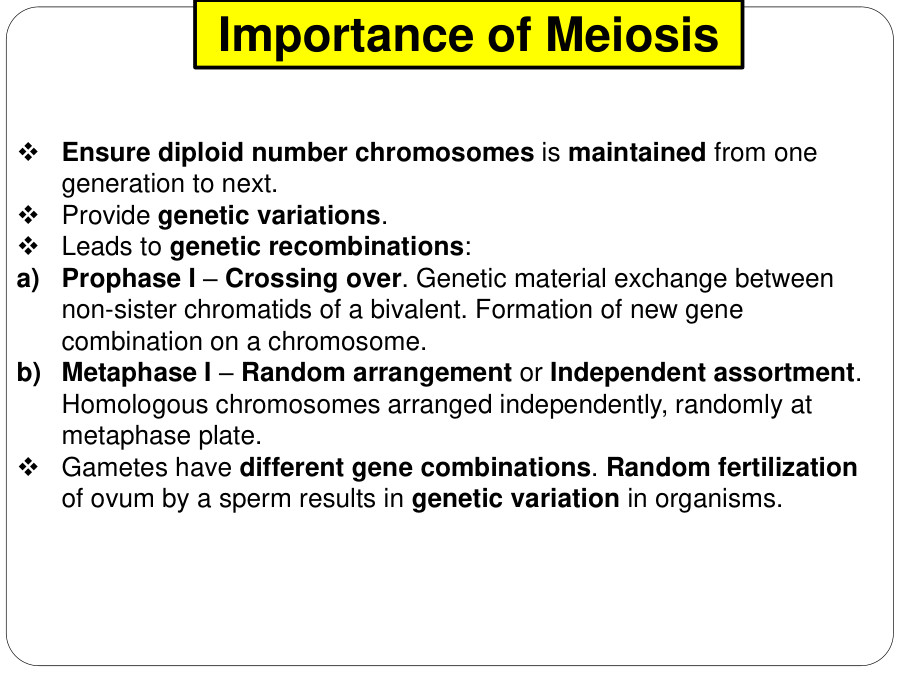 Hire a Tutor
Hire a Tutor 









































In the topic of Cell Division, students will be given a brief introduction to two types of cell division and learn the following: • Identify the phases in a cell cycle • Understanding the processes of mitosis and meiosis • State the importance of mitosis and meiosis • Explain the importance of controlled mitosis • Understanding the process of cloning and its characteristics
5 years of teaching experience
Qualification: Master of Science (MSc) in Molecular Biology, Bachelor of Science (BSc) in Biology, AUSMAT in Biotechnology
Teaches: English, Science, Bahasa Malaysia, Biology, Pendidikan Islam
